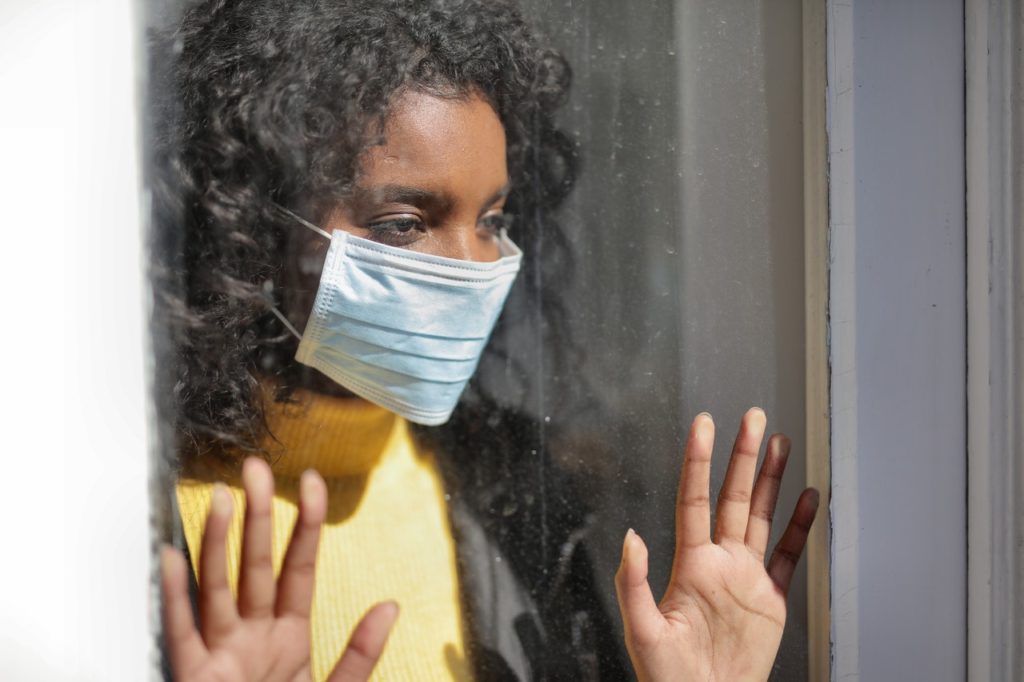COVID-19 brought the entire world to a halt. When the virus started spreading over a year ago, the government immediately closed borders. Planes were grounded. Stores were emptied. Major cities were deserted.
Millions of lives were lost, and more were infected. Although many nations have started vaccinations, new variants threaten efforts to end the pandemic.
The present public health crisis has been bad. It revealed how unprepared the world is when it comes to addressing the prevention and curtailing the spread of emerging diseases.
Worse, because of climate change, experts warn that COVID-19 may not be the last pandemic to appear in this lifetime. The warming planet will give birth to new pathogens that can infect humans and may exacerbate existing diseases.
How Climate Change Affects Disease Spread
Dengue is an illness most prevalent in tropical and subtropical regions of Earth. It is transmitted through a mosquito bite and leads to flu-like symptoms, including headache, fever, muscle pain, joint pain, and nausea and vomiting. It is a life-threatening illness that kills about 25,000 people — mainly children — every year.
The viruses that cause dengue spreads faster in places that experience high temperatures. At present, it is not an immediate threat to the United States. Unless you travel to a Southeast Asian or Latin American country, you are at risk of getting it. It is not a disease that can be passed on from close human contact.
In the future, however, as the average temperature in North America continues to rise, dengue viruses may venture farther away from the equator. One study found that outbreaks may happen in cities that experience very warm summers and mild winters such as New Orleans and Louisiana.
Environmental changes such as hotter days, increased rain, and higher humidity will also give rise to the prevalence of certain diseases, including Lyme. According to forecasts, ticks will be very common in the majority of the eastern U.S. by 2080.
How Climate Change Will Create New Diseases
There is no evidence that COVID-19 emerged because of climate change, but scientists have already been warning about the appearance of new disease-causing pathogens because of the warming planet long before the pandemic.
As the planet becomes hotter, animals migrate toward the poles in order to survive. That means creatures that otherwise would not come into contact with one another will cross paths, interact, and create opportunities for pathogens to transfer to new hosts. Eventually, some will be able to jump to humans.
A report from the United Nations (UN) warns that more diseases that can be passed on from animals to humans (zoonosis) will emerge because of exploitation of wildlife, deforestation, unsustainable farming, and climate change.
How Climate Change Will Cause Diseases to Worsen

Back in 2008, the Wildlife Conservation Society (WCS) warned that 12 existing diseases will worsen if climate change is not mitigated. Among the “deadly dozen” named in the report are cholera, plague, tuberculosis, parasites, and Ebola. The WCS suggested that these diseases can become as destructive as the black death, which killed a third of the population of Europe in the 14th century, or the flu epidemic in 1918, which led to 20 million to 40 million deaths worldwide.
Ebola, in particular, reappears and frequently causes outbreaks in nations in Africa, has a fatality rate between 25% and 90%. There is still no effective cure for Ebola.
The prevalence of tuberculosis may also increase because of climate change. Droughts, which are expected to become worse in the future, will push animals to move in proximity with humans in search of food and water. Animals can carry the bacteria that cause tuberculosis.
What Can Be Done
It is not the end of the world. COVID-19 should be treated as a warning of what life will be like in the future. The mistakes that were made in handling the current pandemic should guide the choices that governments and individuals in the coming years.
Governments should develop global monitoring networks to spot an epidemic before it happens. Moreover, policies should be created in order to mitigate the emission of greenhouse gases in the atmosphere and at least slow the progression of climate change.
Meanwhile, individuals need to make major lifestyle choices to significantly decrease their carbon footprint. Regular households should reduce their energy consumption through simple techniques such as turning appliances off when not in use or switch to a renewable power source like the sun. Consumers should also be more careful about their purchases. Products made of plastic use fossil fuels to manufacture. It also does not break down and, most of the time, not recycled, polluting lands and seas.
A future where new diseases emerge and old ones become more deadly can be prevented if everyone does their part to stop climate change.







